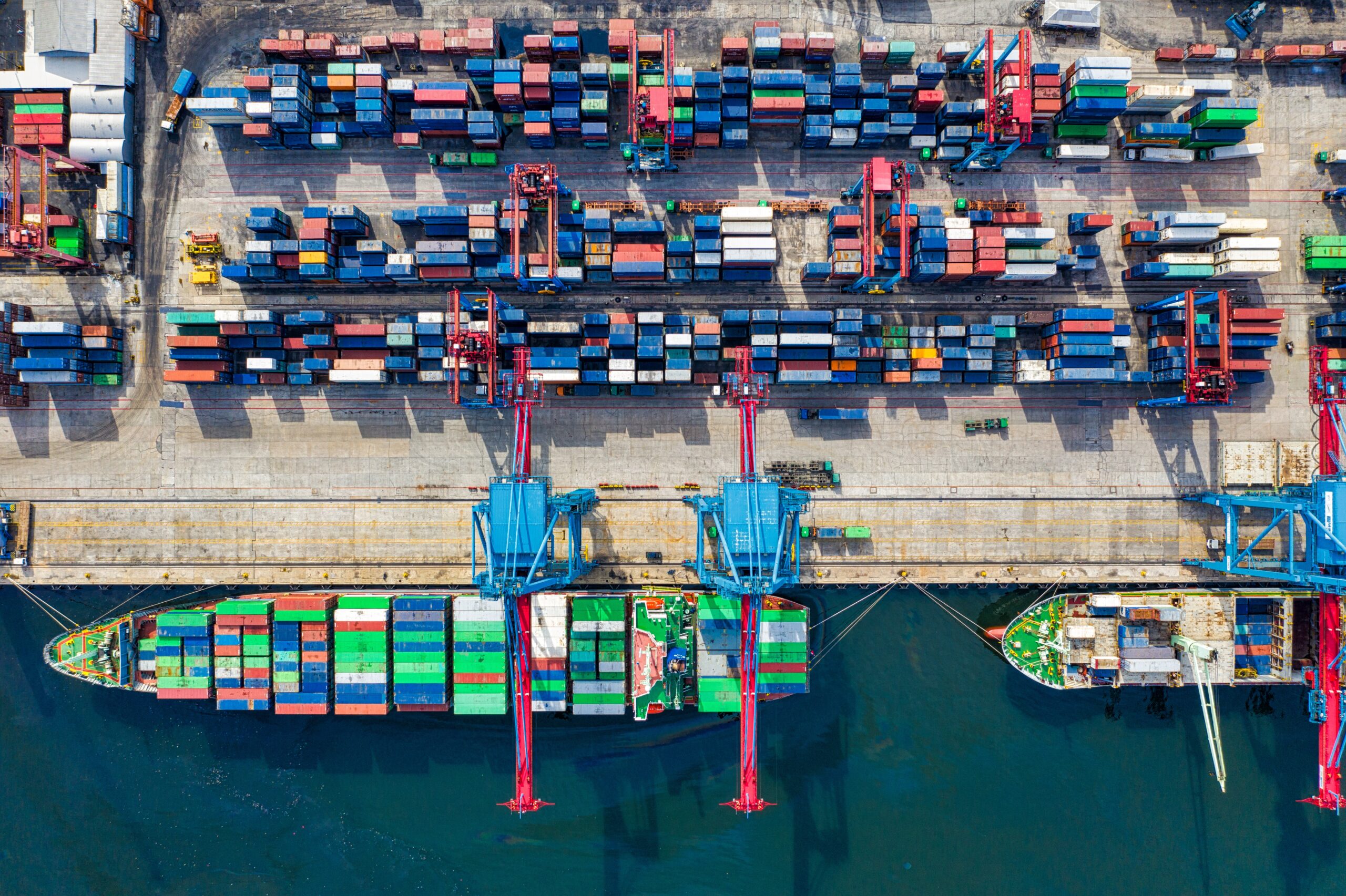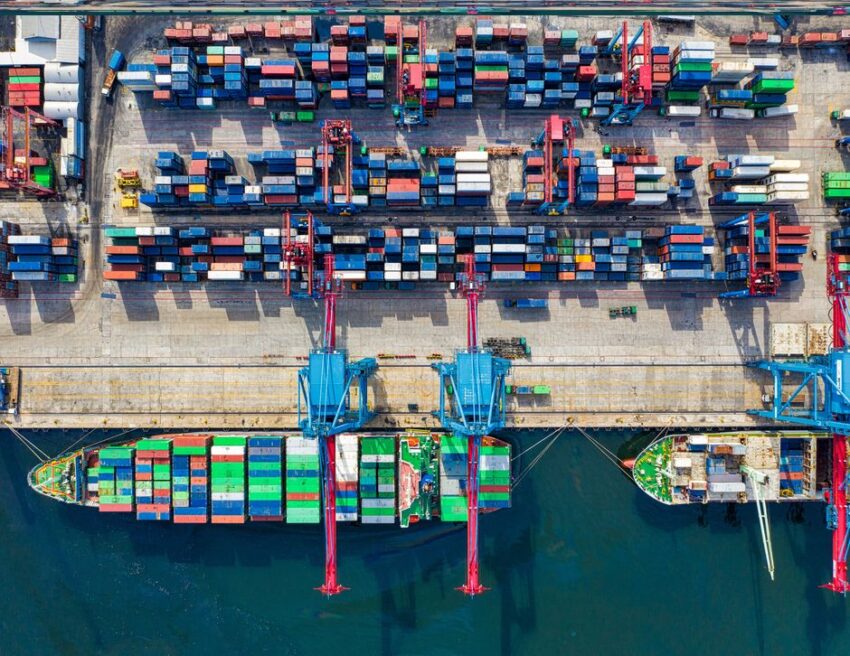The extended lockdown in Shanghai- the commercial capital of China as well as the site of the world’s largest port, has spelled out a supply chain disaster that is impacting almost every country around the world. China’s strict Covid policies is not only resulting in supply chain nightmares but also leading to inflation. After Shenzhen – the Chinese tech hub – came out from a month-long lockdown, Shanghai has remained shut since the end of March. In this article, we are going talk about the lockdown in China and how it is impacting the international transportation and logistics industry.

Impact of the lockdown on the container shipping
Although the Port of Shanghai has been operating throughout the lockdown, its productivity has fallen by at least 30%. Moreover, several carriers are presently not calling this port. The result is shipping delays and port congestion in the intra-Asia trade, and the European and North American trade lanes. Maersk is also rerouting shipments wherever possible to avoid delays. Many carriers are also not calling the Port of Shanghai. This trend will possibly continue till the middle of May.
Since mid April, Yang Ming, ONE, and Hapag Lloyd have cancelled a total of 36 voyages to Shanghai. The strict Covid measures have also resulted in a shortage of 40-foot containers. Moreover, a large number of 20-foot containers have been diverted away from Shanghai. Several carriers have stopped accepting shipments for perishable and dangerous cargoes to Shanghai. This is primarily because of the lack of storage space for specialized containers at the Shanghai Port. Maersk said that it will only resume booking dangerous cargo destined for Shanghai after the yard density at the port starts to improve.
Blank sailings could cause potential supply chain disruption
The lockdown could potentially result in blank sailing that will be a major cause of concern for the global transportation and logistics industry. Moreover, it would also adversely affect freight service to the US. Last week, Maersk announced 12 blank sailings to the Ningbo Port. As already mentioned above, many carriers are not calling the Port of Shanghai. As per a report from Drewry Shipping Consultants, container volumes from Shanghai to New York and LA have dropped by 16% and 17% respectively since the start of 2022.
Nevertheless, the situation is not yet resembling the Yantian port congestion that happened earlier this year. According to the Alan Murphy, the CEO of Sea-Intelligence, “The number of blank sailings are coming down from a more elevated level, whereas in the Yantian case in 2021, blank sailings increased as a consequence of the COVID impact.”
The lockdown is disrupting production for most manufacturers
The lockdown is also slowing down production in and around the city of Shanghai. For instance, Kunshan – a city close to Shanghai – has been hard hit by the lockdown. Kunshan is one of the world’s largest production hubs for electronic items. Last month, several manufacturers of electronic products stopped production in both Shanghai and Kunshan. Leading printed circuit manufacturer WUS announced that two of its subsidiaries in Kunshun have stopped production.
Similarly, Coretronic- a LCD backlight company and Wise Pioneer – a machinery manufacturer for lenses and flatscreens had temporarily halted productions. Pegatron – a company that assembles iPhone modes halted production at two units in Kunshan and Shanghai. The production disruptions are intensifying China’s economic concerns and aggravating the disruption to international supply chains.
Impact of the lockdown on air freight shipping
The air freight shipping industry is also facing a tough time as a result of the lockdown. Since March 2022, the inbound cargo in the airports have been experiencing delays of 10-20 days. This is because of the customs closures and quarantine rules at the airport in Shanghai and other major cities. Moreover, we can also note a decline in the volume of outbound shipments. Delta Airlines has extended the embargo on all shipments coming to/from the Shanghai International Airport till the 6th of May. The airline was forced to take this step since the regional Covid restrictions compelled it to cancel all flights to Shanghai. Additionally, several passenger flights flying to/from Shanghai have also cancelled their flights. It has to be remembered that these passenger planes also transport a substantial volume of cargo in their bellyholds.
The situation at Shenzhen Airport
Another problem that is potentially disrupting the air freight shipping industry is the diversion of air cargo from Shanghai to other airports. This is leading to a shortage of pallets for export. On the other hand, Shenzhan International Airport has placed an import cap of 250 tonnes/day. Out of this 250 tonnes, 125 tonnes was being using for perishable cargo. In the last two weeks of April, Shenzhen Airport was not accepting any freight consisting of dangerous goods. Moreover, they were also not accepting any freight destined to Shanghai. Maersk warned its customers to expect lead times of 2-3 weeks for finding a space on the aircraft. This is largely because of the large volume of cargo that were diverted from Shanghai.
The situation in other Chinese airports
In Wuhan freight forwarders are facing a 3-4 day delay because of a shortage of drivers to haul the cargo to/from the airport. In Qingdao all imported freight is being stored in the terminal for a period of 10 days for disinfection purpose. The airport at Tianjin is also facing backlogs because of the shortage of truck drivers resulting from the mounting Covid cases.


